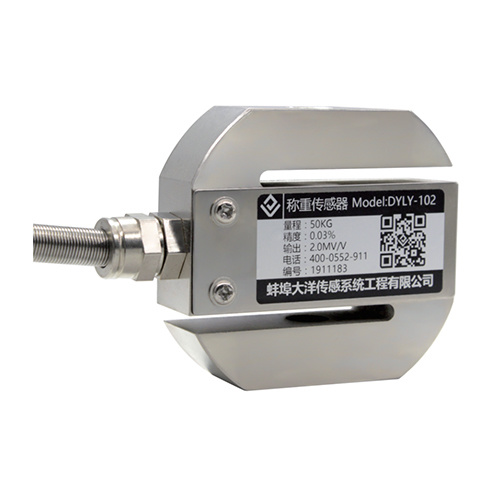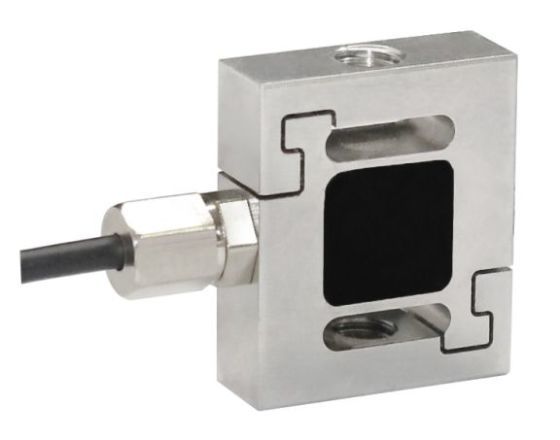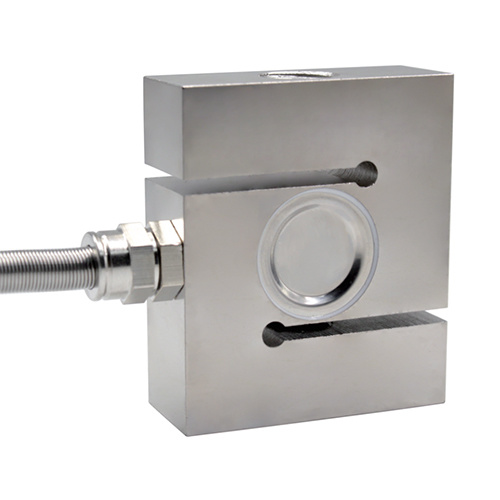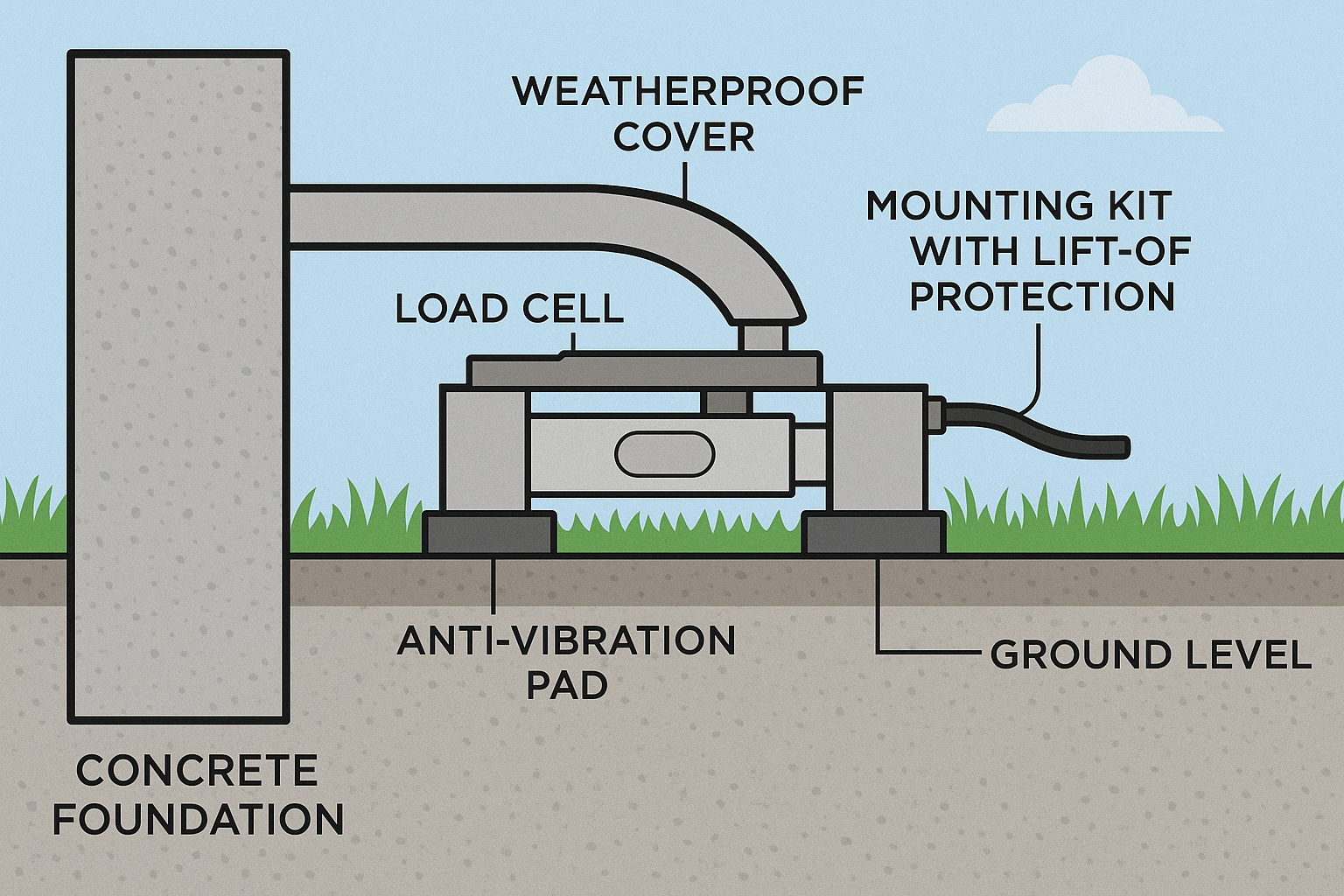Introduction
When selecting a load cell, one of the most important—yet often misunderstood—factors is accuracy class. Labels like C3, C4, or Class A are commonly found in load cell datasheets, but what do they actually mean?
This article explains the purpose of these accuracy classes, how they’re defined, and how to choose the right one for your application.

1. What Is an Accuracy Class?
An accuracy class is a standardized way to define the overall measurement performance of a load cell. It encompasses several key specifications, including:
Linearity
Repeatability
Creep
Temperature effects
Minimum verification interval (vmin)
Accuracy classes are defined by international metrology organizations such as OIML (International Organization of Legal Metrology) and NTEP (U.S. National Type Evaluation Program).

2. The OIML R60 Standard: C3, C4, etc.
The most commonly used classification system is OIML R60, which defines classes as C1, C2, C3, C4, and so on. Here’s what each means:
| Class | Typical Use | Resolution Capability |
|---|---|---|
| C1 | Basic industrial use | ~1000 divisions |
| C2 | General industrial applications | ~2000 divisions |
| C3 | Legal-for-trade / high accuracy | ~3000 divisions or more |
| C4 | Precision systems & batching lines | ~4000 divisions or higher |
📌 “Divisions” refer to the number of measurement steps the load cell can reliably resolve across its full capacity.
3. Key Accuracy Parameters (Defined by OIML)
| Specification | Description |
|---|---|
| Linearity | How closely the output matches a straight line over the full range |
| Repeatability | Consistency of results under repeated loading/unloading cycles |
| Creep | Signal drift after applying a constant load for 30 minutes |
| Temperature Influence | Output change due to temperature variation |
| vmin (min. verification interval) | Smallest resolvable change in weight |
A higher class (like C4) will have tighter limits on all the above parameters compared to a lower class (like C2).

4. When Do You Need a Higher Class Load Cell?
Higher classes = higher price. So when does it make sense to invest in one?
✔️ You need a legal-for-trade weighing system (e.g., commercial scales)
✔️ You’re doing batching/blending with tight tolerances
✔️ You require long-term stability and minimal drift
✔️ Your system operates in fluctuating temperatures
✔️ Your controller or indicator supports fine resolution
For general weighing (e.g., silo, hopper, rough batching), a C3 class is often sufficient. For high-precision tasks, a C4 or higher is recommended.
5. NTEP vs OIML Accuracy Classes (U.S. Market)
If you’re in North America, you may see Class III, Class IIIL, or Class II—these are NTEP classifications. While similar in purpose, the structure is different from OIML.
Always check local legal metrology requirements before selecting a load cell for trade applications.

6. Summary
Understanding accuracy classes helps ensure your load cell meets your technical and regulatory needs.
Here’s a quick takeaway:
| Situation | Suggested Class |
|---|---|
| Basic process control | C1 – C2 |
| Industrial weighing (non-legal) | C2 – C3 |
| Legal-for-trade systems | C3 |
| High-precision dosing/blending | C3 – C4 |
| Laboratory or pharmaceutical use | C4 and above |
